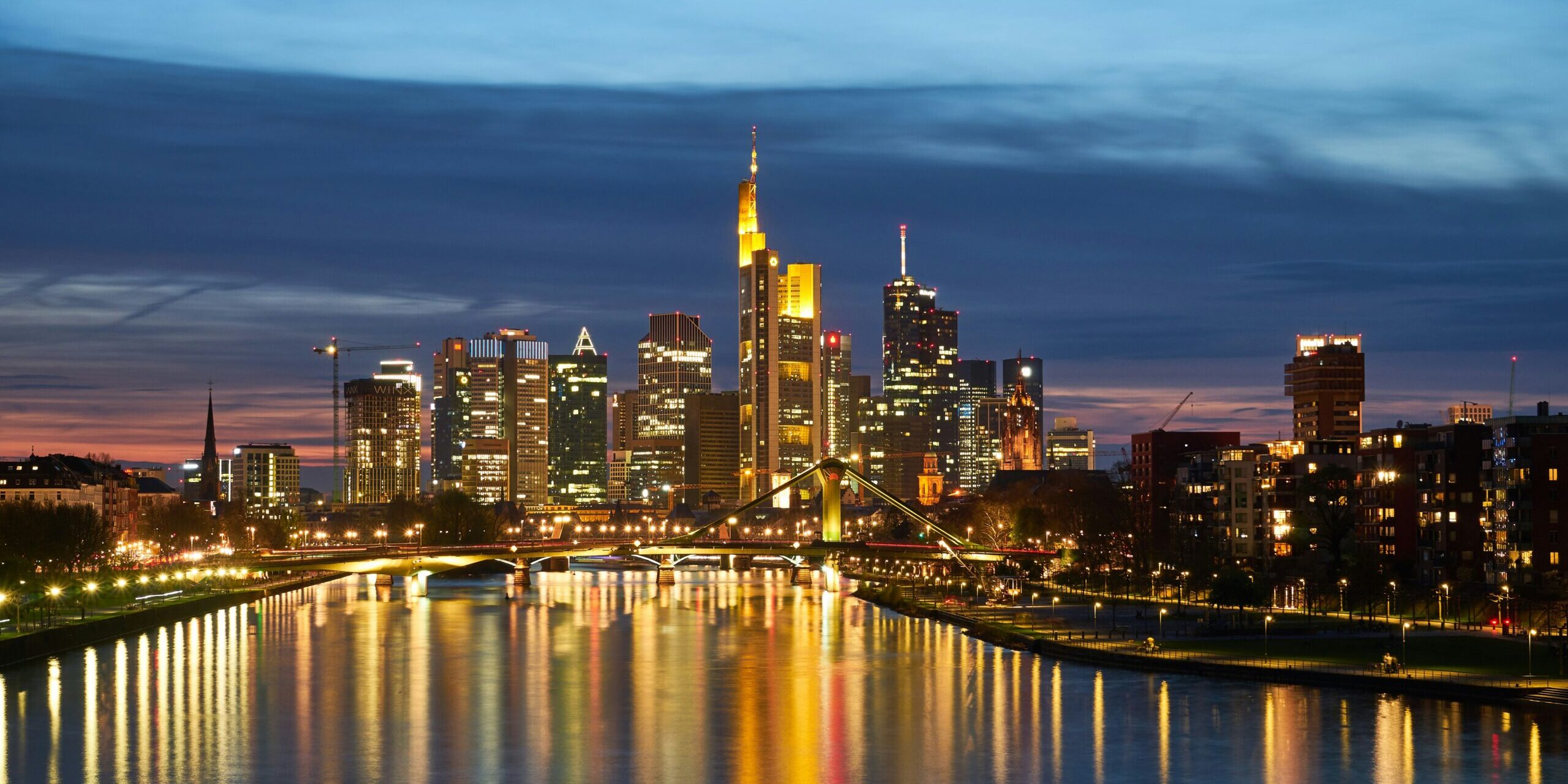In a significant development, Germany’s mine-to-motor lithium supply chain is taking shape, marking a crucial step in the country’s ambitious green transition. Bitterfeld-Wolfen, once synonymous with environmental challenges due to heavy industry and mining, is now positioned to play a pivotal role in this transformation.
The city is now home to Germany’s first large-scale lithium refinery, set to begin production in May. The white powder produced at this facility is a vital component in electric car batteries and is central to the European Union’s strategy to reduce reliance on foreign imports.
Stefan Scherer, CEO of AMG, the company behind the refinery, noted that the surge in battery demand was foreseeable, and they have been able to capitalize on this trend. Bitterfeld-Wolfen was chosen as the location due to its proximity to clients, especially battery manufacturers. This strategic placement aims to mitigate supply risks for Europe, which has become increasingly concerned about its dependence on foreign sources, especially amid rising geopolitical tensions, notably with China.
China, while not the largest producer of raw lithium, controls a significant portion of the world’s processing capacity and battery production. This exposure to potentially unreliable suppliers and the desire for greater industry control prompted the EU’s plans to boost domestic lithium extraction and processing, along with 33 other critical materials.
“We are already in talks with politicians to discuss the financial resources for future expansion,” said Scherer, emphasizing the central role his factory plays in this new network.
The initial module of AMG’s plant can produce 20,000 tonnes of lithium hydroxide annually, sufficient for around half a million car batteries. With the possibility of adding more units over time, production could potentially increase fivefold to 100,000 tonnes, covering up to 20 percent of European demand, according to Scherer.
The EU’s plan to secure supplies aims to have 40 percent of processing for critical materials done domestically by 2030. This move is seen as increasing the resilience of German industries, especially automakers, in the face of international supply chain tensions.
Yoann Gimbert, an e-mobility analyst at the Transport and Environment think tank, highlighted the advantages of proximity for companies needing quick raw material exchanges. Instead of shipping containers back to Asia, they can efficiently transport them to Bitterfeld by truck or train, facilitating swift exchanges.
While AMG’s project initially relies on lithium from their Brazilian mine, there are efforts to source the raw material closer to home. Vulcan Energy, near Germany’s border with France, initiated a pilot scheme to extract lithium from subterranean waters.
In the vicinity of Bitterfeld-Wolfen, an AMG-backed project in Zinnwald is taking the traditional route of mining lithium ores from the ground. Sourcing larger quantities of lithium locally remains a challenge, as reflected in the EU’s more modest 10-percent target for extraction. However, projects like Zinnwald could still play a vital role in securing a local supply chain.
To establish green industries in the EU, it’s essential to ensure a comprehensive supply chain, including extraction, according to Anton du Plessis, CEO of Zinnwald Lithium. He hopes to see the Zinnwald mine in full operation by the end of the decade.
While local extraction is only part of the solution, the planned increase in processing capacity in Europe has the potential to fully meet demand, noted Cornelius Baehr, an analyst at IW Consult. However, uncertainties remain about the realization of all these projects, and the lead time for new production sites, estimated between five and ten years, means that the EU’s 2030 target will be challenging to achieve.







